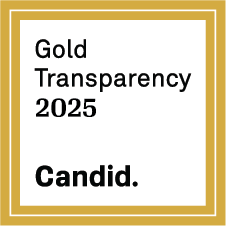Active banners: 1 Visible banners: 1
Banner ID: 25 Has content: true
Join us for the Teaching Economics through Climate – The Snowmobile Business Plan - January 13, 2026 4-5pm ET
How Can We Store Carbon Dioxide from the Atmosphere in Minerals?
Provided by: Science Journal for Kids |Published on: January 13, 2023
Videos
789101112
Synopsis
- This simplified scientific paper presents research about a new and environmentally-friendly method of converting CO2 in seawater into minerals.
- Students read about the basics of climate change; carbon capture, sequestration, and storage (CCSS) as a solution to climate change; and the chemistry behind the new method called single-step carbon sequestration and storage (sCS2).
- The resource includes a glossary of key terms, comprehension questions, an answer key for teachers, three related videos, and links to other helpful materials.

Subjects: Chemistry, Earth and Space Sciences, Engineering
Authors: Science Journal for Kids
Region: Global
Languages: English
Teaching Materials
Positives
- This is a student-friendly version of a peer-reviewed paper published in the journal ACS Sustainable Chemistry & Engineering in 2021.
- Glossary terms are written in orange, important information is highlighted in yellow, and pictures and diagrams are included throughout to support student understanding.
Additional Prerequisites
- The original academic paper that this adaptation is based on can be accessed here.
- Though the paper does include a basic overview of climate change, it would be helpful for students to have a working understanding of the causes and solutions of climate change.
- Teachers must create a free account to download the answer key.
- For additional background on carbon capture, sequestration, and reuse, students can watch the embedded video by Columbia Climate School.
Differentiation
- In Earth science classes, students can compare this solution to other possible climate change solutions and identify trade-offs.
- Chemistry classes can explore the many chemical processes discussed throughout the research, including mineral formation, ion formation, and electrolysis.
- Chemistry classes can also use this research to discuss how pH can affect the rate of reactions.
- Students with a lower reading level may benefit from following along with the read-aloud video of the report.
- Students can watch the linked video interview with Dr. Erika La Plante to hear more about her research.
Scientist Notes
Teaching Tips
Standards
Resource Type and Format
About the Partner Provider

Science Journal for Kids
Hundreds of scientific articles. Written for kids. Approved by scientists. Free.
All resources can be used for your educational purposes with proper attribution to the content provider.



